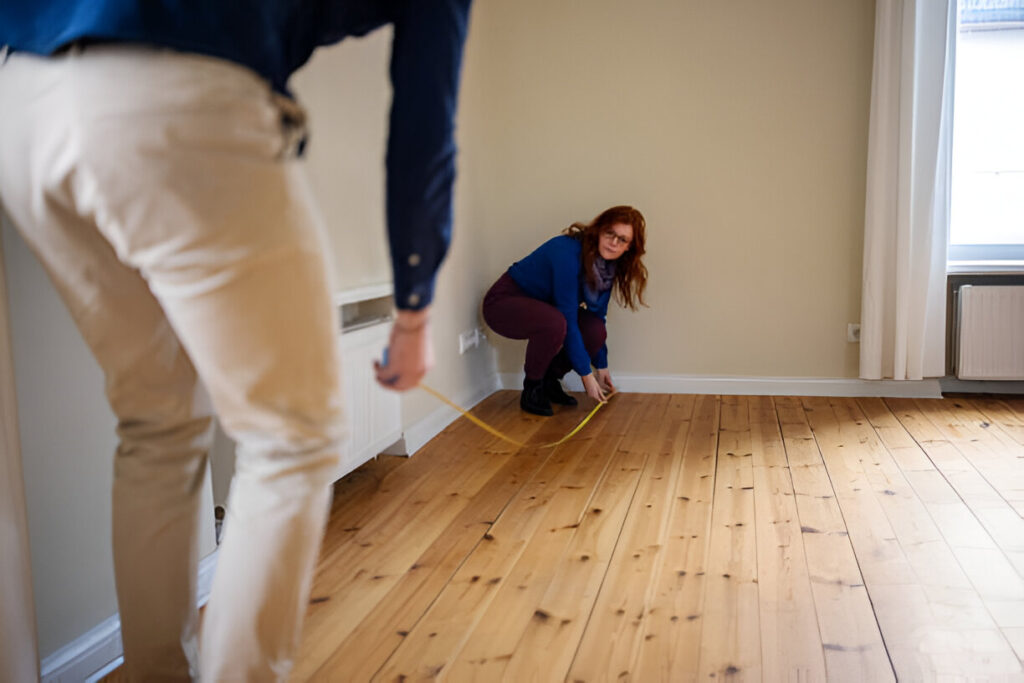Investing in rental properties can be a lucrative venture, but ensuring success requires careful evaluation. Knowing how to properly assess a potential rental property will help you make informed decisions and avoid costly mistakes. Here’s a step-by-step guide to evaluating a rental property.
Understand the Local Market
Before diving into specific property details, you must first understand the local real estate market. This includes analyzing:
- Rental Rates: Check the average rental rates in the area. Knowing how much similar properties are renting for will give you a realistic expectation of potential income.
- Occupancy Rates: Areas with high demand often have low vacancy rates. If a property is located in a high-demand area, you can expect steady income.
- Market Trends: Look at recent market trends. Are prices rising or falling? Is there a strong rental demand? Understanding these trends can give you insight into long-term investment potential.
Calculate the Potential Cash Flow
Cash flow is the net income you receive from the property after all expenses. To calculate cash flow:
- Estimate Rental Income: Start by researching the average rent for similar properties in the area.
- Subtract Operating Expenses: These include property taxes, insurance, property management fees, maintenance, and vacancy costs. A rule of thumb is to estimate that expenses will consume 40% of your rental income.
- Subtract Financing Costs: If you have a mortgage, subtract the monthly mortgage payment from the rental income.
The remaining amount is your cash flow. Positive cash flow means the property generates income after expenses, while negative cash flow indicates it may not be a profitable investment.
Assess the Property Condition
The physical condition of the property plays a key role in its long-term viability. Conduct a thorough inspection, checking for:
- Structural Integrity: Ensure the foundation, roof, and walls are in good condition. Significant repairs in these areas can be costly.
- Electrical and Plumbing Systems: Look for any signs of outdated or faulty systems, as these can lead to expensive repairs.
- Cosmetic Upgrades: Consider the costs of cosmetic updates like painting, flooring, and fixtures. These can increase rental appeal but should fit within your budget.
Review Location and Neighborhood
The location of a rental property is often one of the biggest factors influencing its success. Consider:
- Proximity to Amenities: Properties near schools, shopping centers, and public transportation tend to attract more renters.
- Crime Rates: High crime rates can deter tenants and reduce property values. Use online tools or local police reports to check crime statistics.
- Future Developments: Look into any planned developments in the area, such as new businesses, infrastructure projects, or public services, which can increase the property’s value over time.
Perform a Comparative Market Analysis (CMA)
A comparative market analysis (CMA) helps determine whether a rental property is priced appropriately. By comparing the property to similar ones recently sold or rented, you can estimate its value and rental potential. Key factors to compare include:
- Square Footage
- Number of Bedrooms and Bathrooms
- Condition of the Property
- Amenities, such as parking or a pool
Consider Property Management
If you plan on hiring a property manager, include the management fees in your evaluation. Typically, property management fees range from 8% to 12% of the monthly rental income. A property management company can handle day-to-day tasks such as tenant screening, rent collection, and maintenance, which can be invaluable if you don’t live near the property or want a hands-off investment.
Calculate Return on Investment (ROI)
Your ROI will help you understand the long-term profitability of the rental property. To calculate ROI:
- Annual Net Operating Income (NOI): This is the total rental income minus expenses.
- Total Investment: This includes your down payment, closing costs, and any repairs or upgrades.
- ROI Formula: Divide your annual NOI by your total investment. Multiply by 100 to get the percentage.
A higher ROI means the property is likely to generate a better return.
Consider Financing Options
Different financing options can greatly affect the profitability of a rental property. When evaluating financing:
- Interest Rates: Lower interest rates mean lower monthly mortgage payments, improving your cash flow.
- Loan Terms: Look for loan terms that fit your financial strategy. Longer loan terms can mean smaller payments but higher overall interest.
- Down Payment: A larger down payment reduces your loan amount, leading to lower monthly payments and increased cash flow.
Examine Tax Implications
Real estate investments come with several tax implications. Familiarize yourself with tax deductions available for rental properties, including:
- Mortgage Interest
- Property Taxes
- Maintenance and Repairs
- Depreciation
Consult a tax advisor to ensure you maximize your deductions and understand the tax benefits of owning a rental property.
Final Thoughts
Evaluating a rental property requires a comprehensive approach, considering both financial and physical aspects. By understanding the local market, calculating potential cash flow, assessing the property’s condition, and analyzing financing options, you can make an informed decision and increase the likelihood of a successful investment.



